Growing Dragon Fruits in Pots: A Simple Guide for Beginners
If you’re looking for a fun and rewarding plant to grow, dragon fruit might be just what you need! Also known as Hylocereus undatus, the dragon fruit plant is a type of cactus that loves the sun, doesn’t need much water, and rewards you with vibrant flowers and tasty, exotic fruits. It’s perfect for rooftop or small-space gardens since it can thrive in pots with the right care.
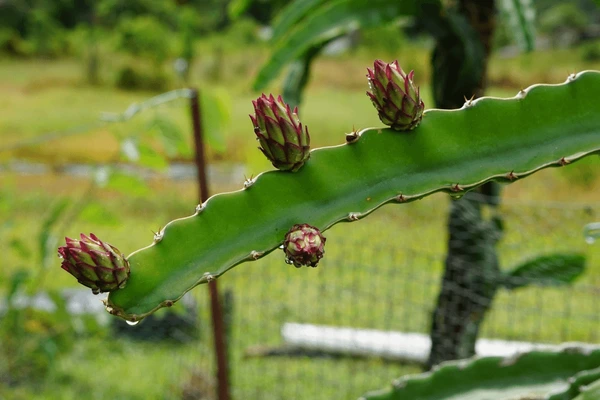
What is a Dragon Fruit Plant?
Dragon fruit, or Pitaya, is a member of the cactus family. Native to Central America, it’s now popular worldwide, especially in tropical and subtropical areas like Southeast Asia, Mexico, and even parts of the US. It’s famous for its large, colorful fruits with either red, yellow, or white flesh.
There are mainly three types of dragon fruit plants:
- Hylocereus undatus: White flesh, pink skin (most common)
- Hylocereus costaricensis: Red flesh, red skin
- Hylocereus megalanthus: White flesh, yellow skin
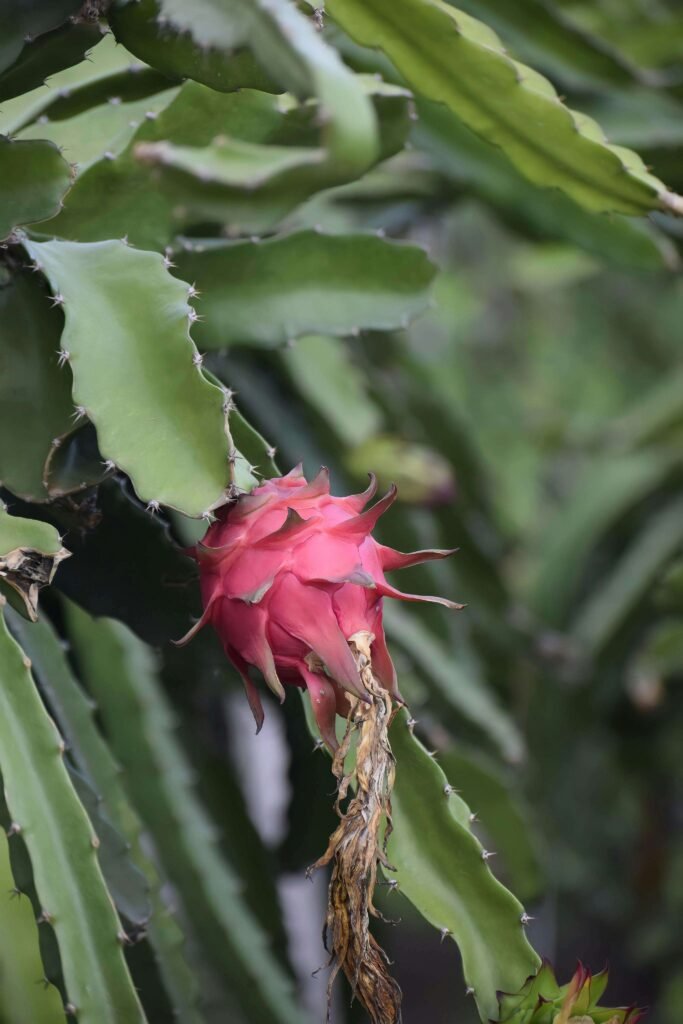
Where Can You Grow It?
Dragon fruit thrives in warm climates with full sunlight and temperatures between 65°F to 85°F (18°C to 30°C). They are easy to grow in areas like Southern California, Florida, and the southern parts of Europe or Asia. However, with the right care, you can grow dragon fruit in pots anywhere, even in colder areas—just make sure to bring the plant indoors during winter.
How to Choose the Right Cutting
If you want to grow a dragon fruit plant, always pick a cutting from a mature plant that has already borne fruit. This increases your chances of getting a healthy plant that will flower and fruit within a year. Look for a thick, disease-free cutting for the best results.
Choosing the Right Pot
Dragon fruit plants can get big! Start with a pot that’s at least 14 inches wide. Bigger is better, especially if you don’t want the hassle of repotting often. Make sure the pot has good drainage since dragon fruit plants hate sitting in water.
How to Prepare the Soil
Dragon fruit loves well-draining soil, so skip the heavy garden dirt. Instead, make a mix with 60% organic compost (like vermicompost, cow manure, or kitchen compost) and 30% regular garden soil. Add 10% sand or perlite for extra drainage. The drainage system of the pot should be perfect. You can also throw in a little bone meal, neem cake, and mustard cake to boost nutrients. You can also use homemade compost in your soil mix.
Before planting, let the soil mixture sit for about a week after adding water. This reduces the chance of fungal problems later.
Watering
Dragon fruit plants are cactus-like, meaning they don’t need a lot of water. Let the soil dry out between waterings, and only water when the top layer feels dry. Overwatering can cause the roots to rot, especially in cooler months, so be cautious.
Supporting Your Dragon Fruit
Dragon fruit plants grow tall, so you’ll need a sturdy support system. Use a pole, pipe, or trellis to train the plant as it climbs. Allow one strong stem to grow upward, and prune away any side branches. Once it reaches the desired height (about 3 feet), let it branch out.
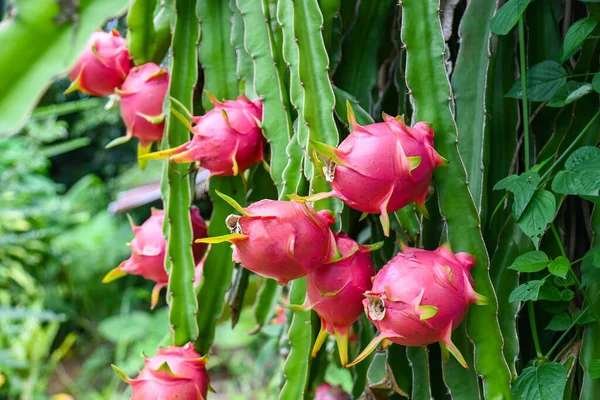
Care During Winter
In winter, dragon fruit plants go dormant, meaning they won’t need much attention. Reduce watering and avoid feeding during this time. Give your plant some warmth if it’s in a cooler climate, and make sure it’s not exposed to frost.
Common Issues and How to Fix Them
Dragon fruit plants are pretty tough, but like any plant, they can run into problems:
- Overwatering: If the plant starts turning yellow or wilting, you might be giving it too much water. Let it dry out and adjust your watering schedule.
- Fungus: Dragon fruit is prone to fungal infections. Use a fungicide spray every couple of weeks to keep it healthy.
Feeding Your Dragon Fruit
Feed your plant twice a year with organic fertilizers. In November, when the plant is dormant, apply compost mixed with bone meal and neem cake. In February, repeat with half the amount. This will give the plant the nutrients it needs to produce flowers and fruits by spring.
Pollination and Fruiting
Dragon fruit flowers bloom at night and are often pollinated by bats or moths. However, if you’re growing it on a rooftop or indoors, you might need to hand-pollinate by brushing the pollen from one flower to another.
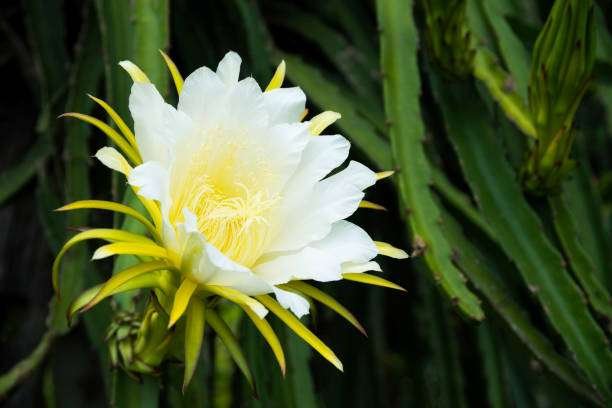
Within a year, with the right care, your dragon fruit plant will start producing beautiful white or pink flowers, followed by delicious fruits.
Conclusion
Growing dragon fruit in a pot is not only easy but rewarding. With proper care—plenty of sunlight, the right soil mix, and good drainage—you’ll have a healthy plant that will reward you with both beauty and delicious fruits. Have fun experimenting and enjoy the process! And if you have any questions, feel free to leave a comment—happy gardening!

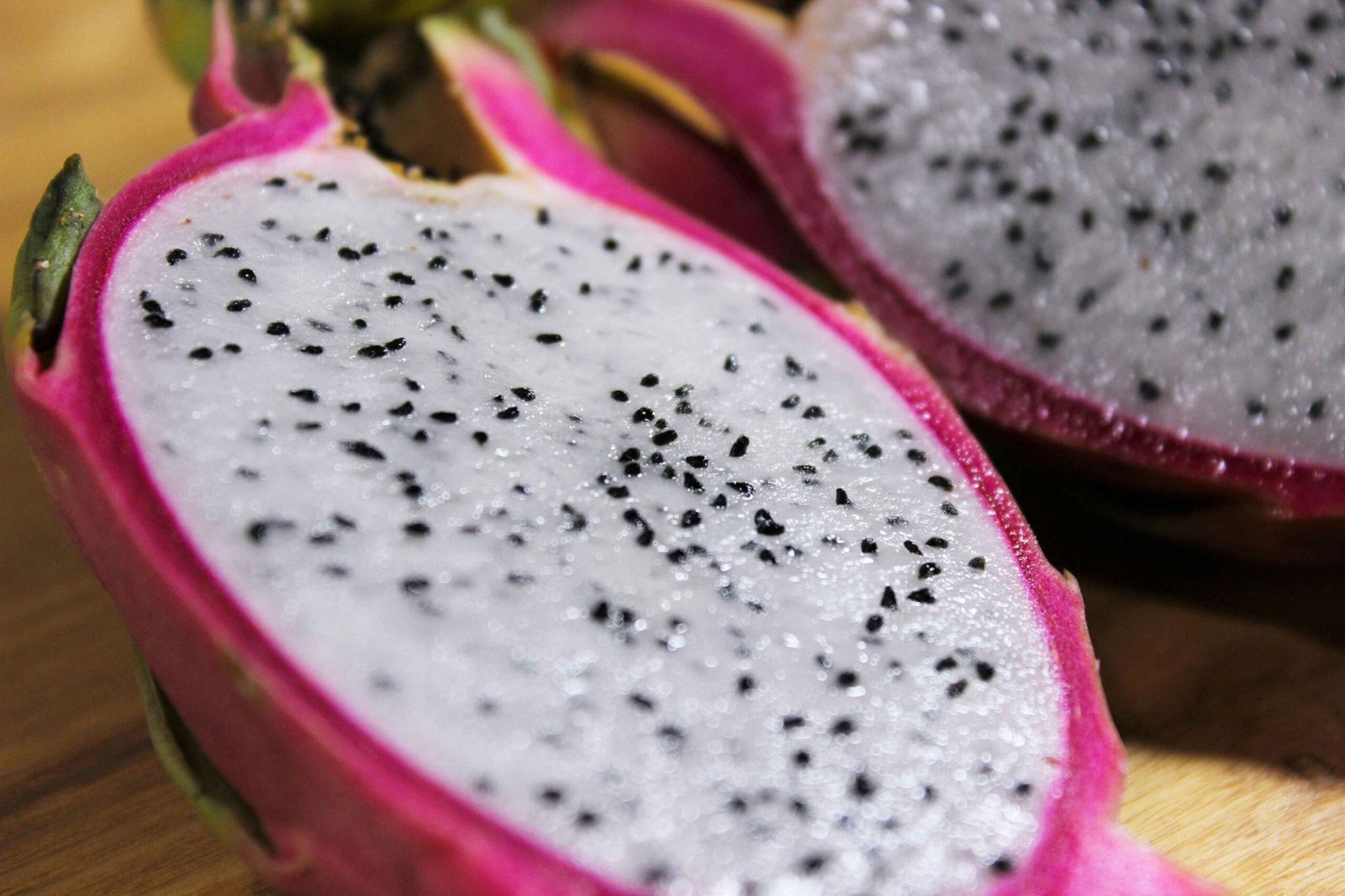
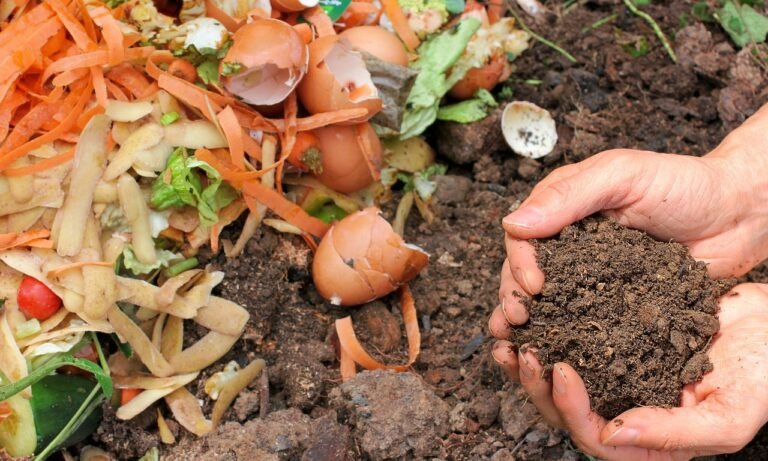





I might even aware of our brigade s motto was left